Water Treatment in Ethiopia: Addressing the Challenge of Clean Water Access
CHUNKE projects of Reverse Osmosis Water Treatment in Ethiopia including different types of water treatment systems. Our Reverse Osmosis Systems are very popular in Ethiopia.
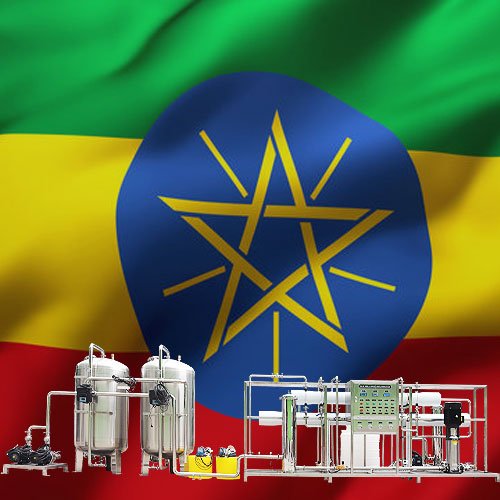
Ethiopia, officially the Federal Democratic Republic of Ethiopia, is a landlocked country located in the Horn of Africa. It shares borders with Eritrea to the north, Djibouti to the northeast, Somalia to the east and northeast, Kenya to the south, South Sudan to the west, and Sudan to the northwest. Ethiopia has a total area of 1,100,000 square kilometres (420,000 square miles). As of 2022, it is home to around 113.5 million inhabitants, making it the 13th-most populous country in the world, the 2nd-most populous in Africa after Nigeria, and the most populated landlocked country on Earth. The national capital and largest city, Addis Ababa, lies several kilometres west of the East African Rift that splits the country into the African and Somali tectonic plates.
Access to clean and safe drinking water is a fundamental necessity for human life, health, and dignity. Unfortunately, in many regions of Ethiopia, the availability of clean water sources and proper water treatment practices is limited, leading to significant health risks for the population. In this article, we will delve into the issue of water treatment in Ethiopia, exploring the challenges faced by communities, the efforts being made to improve access to clean water, and the impact of various water treatment methods.
Water Resources in Ethiopia
Between 2001 and 2020, Ethiopia renewable water resources remained stable at around 122 billion cubic meters per year.
- Renewable surface water 120 billion cubic meters per year
- Renewable groundwater 20 billion cubic meters per year
- Renewable water resources per capita 1,061.2 cubic meters per year
Meanwhile, CHUNKE provides wide range of filtration and economical solutions based on the Ethiopia’s water resources and our water treatment in Ethiopia becomes more popular.
- Surface water is water from river, lake which can be treated using different methods, such as Ultrafiltration Systems, Brackish Water RO accordingly.
- Desalination can be used for water from deepwell, or borehole, which can be treated using Brackish Water Reverse Osmosis Systems; Desalination Systems
- Ground Water or brackish water is from water located in the pore space of soil and rock “Borehole well”, which can be treated using Reverse Osmosis Systems, Borehole Water Filtration Systems, Well Water Filtration Systems, Chemical Dosing, UV Water Sterilizer accordingly.
- Government water supply, which could have high level of hardness or high level of chlorine, can be treated with Water Softener System, Media Water Filters.
Understanding the Water Crisis in Ethiopia
Ethiopia, a country known for its rich cultural heritage and breathtaking landscapes, is also grappling with a severe water crisis. Many regions in Ethiopia, such as the Sidama Zone in south-central Ethiopia, suffer from a lack of access to safe water sources and inadequate sanitation facilities. According to a study conducted in northwest Ethiopia, only 23% of households had access to basic water services, highlighting the urgent need for intervention.
The consequences of inadequate water treatment and poor water quality are dire. Waterborne illnesses, such as diarrheal diseases, are a leading cause of death, particularly among young children. The situation is exacerbated by the widespread deforestation in the region, which not only affects the availability of clean water but also contributes to climate change.
The Role of Water Treatment in Ensuring Clean Water
To address the pressing issue of water treatment in Ethiopia, various organizations and initiatives have been implemented to provide communities with access to clean and safe drinking water. One such project is the Ethiopia Clean Water Project, implemented by NativeEnergy. The project focuses on introducing the Hydraid® BioSand water filter, a gravity-fed filtration system that removes waterborne pathogens effectively. This project has already provided approximately 1,500 households with Hydraid® filters, reducing the reliance on unsustainably harvested wood and improving water quality.
The Hydraid® BioSand water filter is just one example of a point-of-use water treatment technology that can significantly improve water quality at the household level. Other commonly practiced household water treatment methods in Ethiopia include boiling water, chlorination or water guard treatment, and plain sedimentation. These methods, when implemented correctly, can remove a significant portion of parasites, bacteria, and viruses from contaminated drinking water.
Challenges and Solutions for Household Water Treatment
While efforts are being made to promote household water treatment practices in Ethiopia, there are several challenges that need to be addressed. One of the key challenges is the low adoption rate of water treatment practices among households. Despite the presence of unsafe water sources, very few homes routinely treat their drinking water. This highlights the need for ongoing communication and assistance from health extension personnel to promote the adoption of water treatment practices.
In addition to the lack of awareness and education about the importance of water treatment, there are also infrastructure and resource-related challenges that hinder the implementation of effective water treatment practices. High compliance costs, limited enforcement capacity, and a lack of reliable access to treatment products and technologies further contribute to the low uptake of household water treatment practices.
To overcome these challenges, it is crucial to increase the level of education and awareness about the importance of household water treatment. Efforts should be made to provide ongoing training messages and treatment products to every home, considering the different user categories that households may fall under. Local communities should be empowered to maintain clean water practices, and a permanent knowledge base should be established in the area.
Reverse Osmosis Water Treatment in Ethiopia
Reverse osmosis (RO) systems have gained importance in Ethiopia for treating surface and underground water for drinking and irrigation purposes. These systems utilize high-pressure membranes to remove salts, minerals, and other impurities from water, producing clean and suitable water for agricultural use. With the establishment of RO filtration projects, such as those undertaken by Chunke Water Treatment, Ethiopia has been able to enhance the productivity and sustainability of its agricultural sector, even in areas with limited freshwater resources.
CHUNKE Projects of Water Treatment in Ethiopia
Meanwhile, CHUNKE designs and produces water treatment systems that meet the World Health Organization requirements. So, our water treatment in Ethiopia is suitable for drinking.
CHUNKE has over 15 years of experience as a global provider of B2B water treatment solutions for a variety of applications and industries, we offer a large selection of all types of reverse osmosis, ultrafiltration, electrodeionization and water treatment systems to meet your industrial needs accordingly. CHUNKE’s extensive global experience in engineering and manufacturing allows us to pre-engineer and customize water treatment and reverse osmosis systems to meet a wide range of customer requirements and specifications.
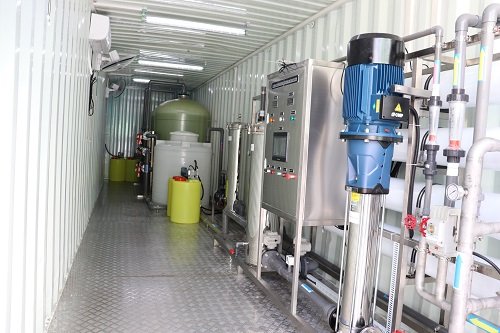
14TPH Containerized Reverse Osmosis System

5000LPH Brackish Water Desalination System

4000LPH Reverse Osmosis System for Drinking
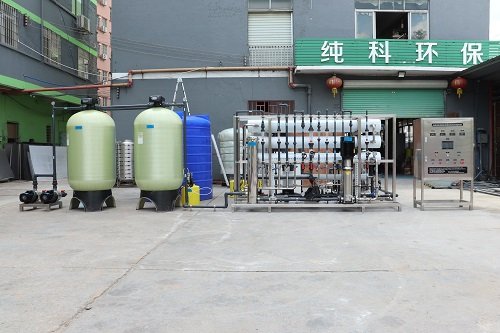
5000LPH RO Salt Water Purifier for Irrigation
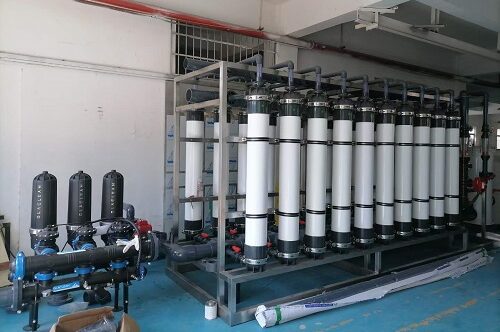
100TPH Ultrafiltration System for Borehole

150TPH Multi-Media Filtration Carbon Steel Tanks
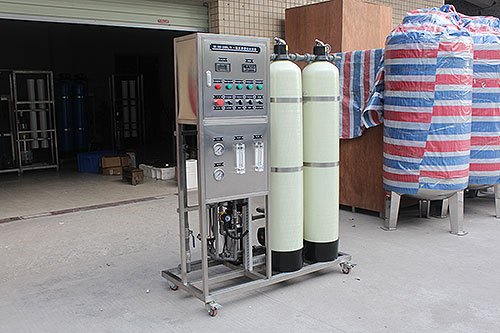
500LPH Reverse Osmosis System for Drinking
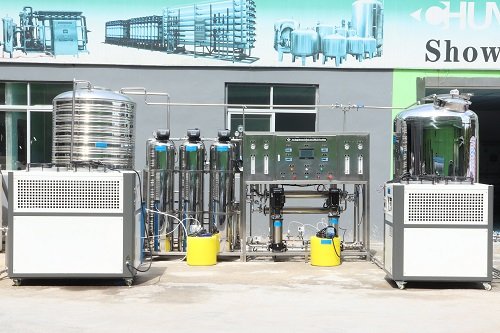
1000LPH Double Pass RO for Pharmaceutical
Evaluating the Impact of Water Treatment Efforts
Measuring the impact of water treatment initiatives is essential to assess the effectiveness of interventions and identify areas for improvement. Monitoring and verification processes are crucial to ensure that water treatment projects are achieving their intended goals. The Ethiopia Water Filtration Project, for example, follows the United Nations Framework Convention on Climate Change’s protocol for low greenhouse gas emitting water purification systems. This project has been independently validated and monitored annually to ensure its success.
Looking Ahead: Future Directions for Water Treatment in Ethiopia
In Ethiopia, Chunke Water Treatment, a leading supplier of reverse osmosis systems from China, has been actively involved in providing water treatment solutions. With over 20 years of industry experience, Chunke Water Treatment offers a wide range of reverse osmosis and water treatment systems tailored to meet the specific needs of industries and communities in Ethiopia.
While progress has been made in addressing the water treatment challenges in Ethiopia, there is still much work to be done. Further research is needed to understand the behavioral factors associated with household water treatment practices. This will help in developing targeted interventions and strategies to increase the level of water treatment practice, especially among those with no formal education. Collaboration between government agencies, non-profit organizations, and private sector entities, such as Chunke, a leading water treatment system supplier, can also play a crucial role in expanding access to reliable and efficient water treatment technologies, such as reverse osmosis systems and water filtration plants.
Chunke Water Treatment Systems for Ethiopia
Chunke Water Treatment’s expertise in producing high-quality reverse osmosis systems has contributed to improving water treatment capabilities in Ethiopia. Their reliable and efficient RO plants have been implemented in various projects across the country, ensuring access to clean and safe drinking water.
